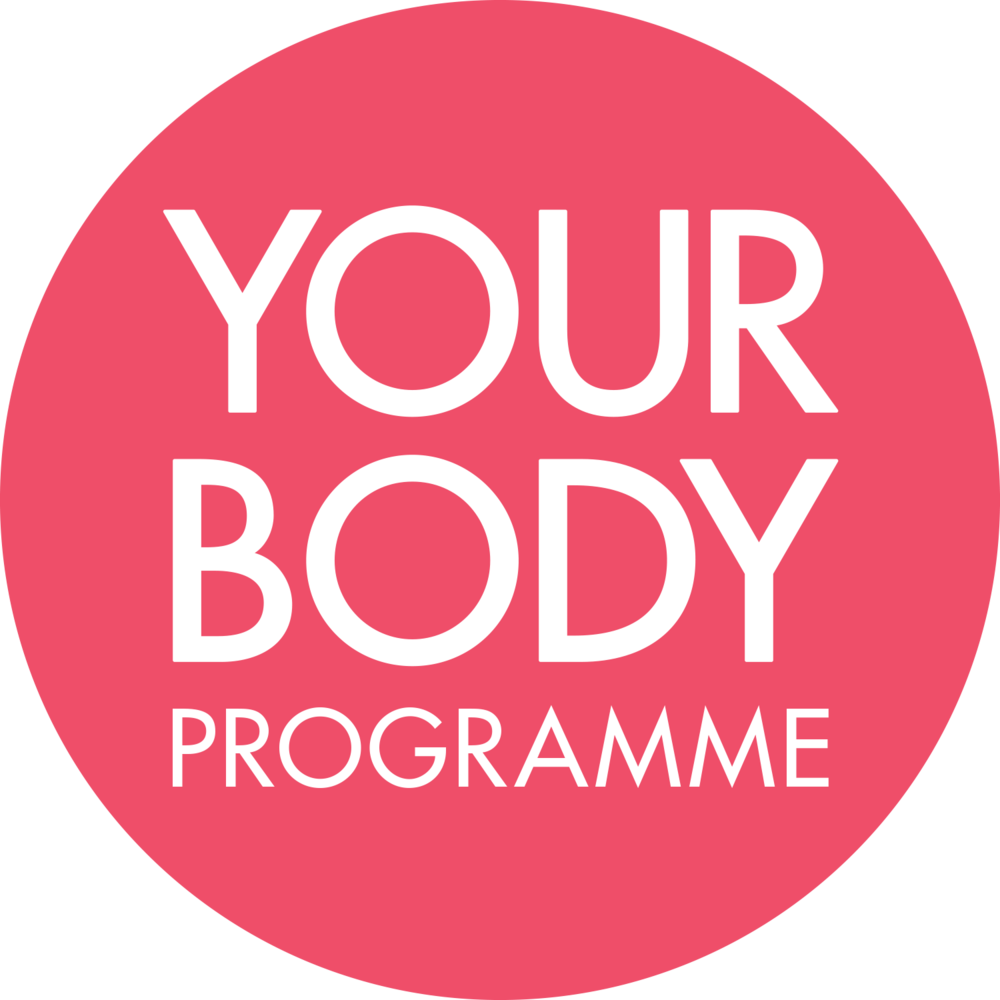Muscle damage
Why muscle damage is important
Damage to muscle is essential for your body to change. Minute muscle tears are created when you train correctly. These are called micro-traumas and are accompanied with inflammation. Micro-traumas are caused by the eccentric movement (lengthening) of a muscle rather than the concentric (contracting/shortening) phase. The soreness you get the day or days after training is a symptom of the damage caused by exercise.
The importance of rest periods
The correct rest period between training sessions is important to prevent injury. The most accepted theory is that microscopic ruptures (or lesions) within the target muscle due to the eccentric force, cause the two major protein filaments actin and myosin to separate prior to relaxation, which promotes greater tension within the remaining active motor units. Muscle contraction occurs when actin and myosin filaments slide over one another in a series of repetitive events. Sarcomere (basic unit of muscle) damage is produced when this tension to the muscle is performed. When this happens, pain receptors (nociceptors) contained in muscle connective tissues are stimulated and sensations of pain are felt. To provoke this pain, and ultimately benefit from it, we must train with increasing levels of intensity. It is not the lactic acid that is produced during the workout that causes muscle soreness or DOMS (delayed onset of muscular soreness), but the chemical changes within the muscle, i.e. hydrogen ions.
Muscle soreness after a workout
Next day muscle soreness, is not an indicator on how hard you have trained. Equally, if you have no soreness, this does not mean you will have no results. Your body will get used to a certain movement, intensity and weight. The muscle changes its structure (grows) to prevent further damage, this is called the repeated bout effect. This is why it’s important to follow a specific training program. Muscles will adapt over time to prevent damage and the results will inevitably slow. To prevent this happening you must change your exercise program and training concept monthly.
It’s not a good idea to train when muscles are still sore as this causes overtraining. But it is possible to speed up the healing process with the correct nutrition and stretch programme.

